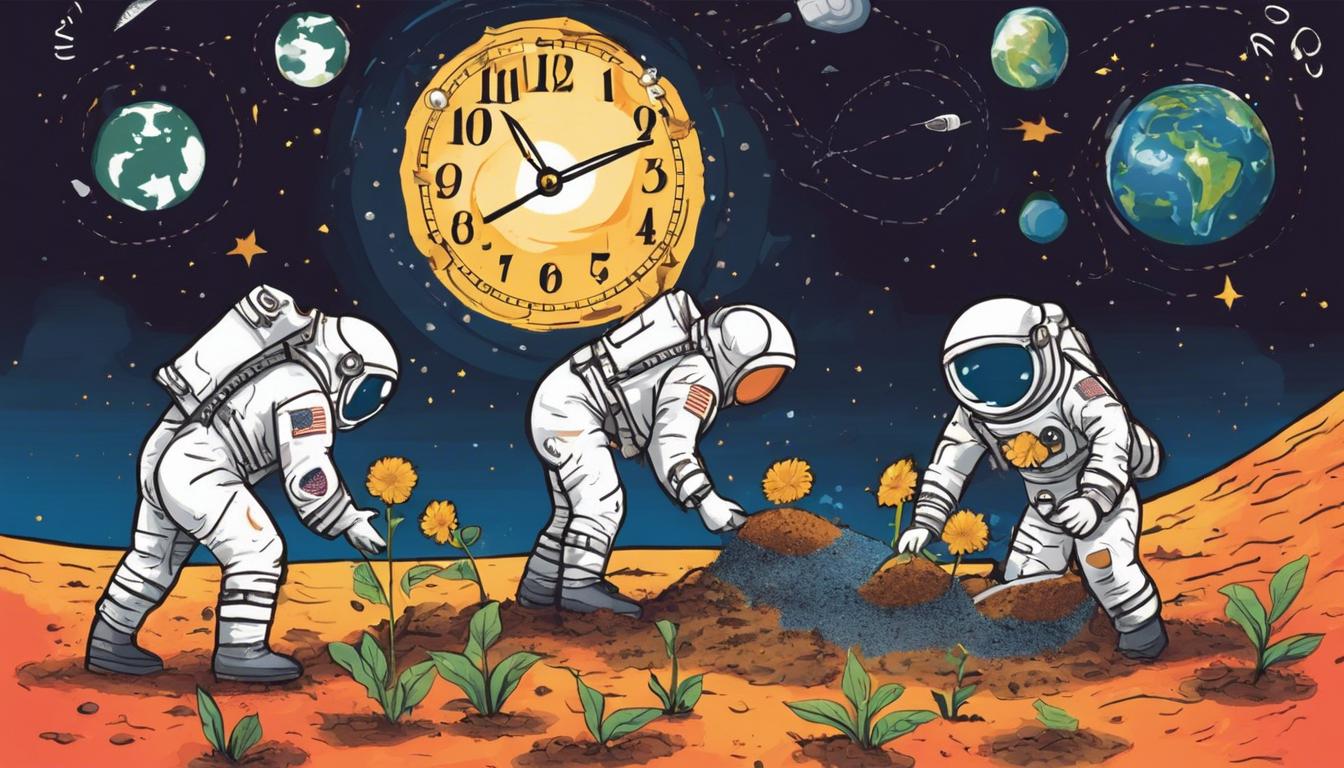NASA’s latest endeavors aim to establish a Coordinated Lunar Time system and conduct pioneering plant growth experiments on the moon’s surface, paving the way for extended space missions and lunar habitation.
NASA has embarked on pioneering projects to enhance lunar exploration and habitation, focusing on developing a Coordinated Lunar Time (LTC) system and conducting plant growth experiments on the moon’s surface.
By the end of 2026, NASA aims to establish the LTC, a lunar-centric timekeeping system, to support the precision required for missions involving spacecraft, satellites, and communication between Earth, lunar bases, and astronauts. This system is vital due to the time difference experienced on the moon, where a day is approximately 58.7 microseconds shorter than on Earth. Kevin Coggins, NASA’s communication and navigation official, emphasized the importance of a distinct time frame for celestial bodies. The implementation may involve placing atomic clocks on the moon and will require international cooperation. The initiative is part of the preparations for the Artemis program, which plans to send astronauts to the moon starting in 2026.
In addition to timekeeping innovations, NASA astronauts will participate in the Lunar Effects on Agricultural Flora (LEAF) project during the Artemis III mission in 2026. This groundbreaking experiment aims to grow plants on the moon to explore possibilities for sustaining human life. Developed by Colorado-based Space Lab Technologies, the project will utilize growth chambers to plant seeds and study the effects of lunar conditions on plant development. The focus will be on cress and duckweed, chosen for their genetic characteristics and resilience. This research could pave the way for sustainable lunar exploration and longer missions to Mars.
These ambitious projects by NASA are set to revolutionize our approach to lunar exploration and habitation, marking significant steps toward living and working on the moon and beyond.













